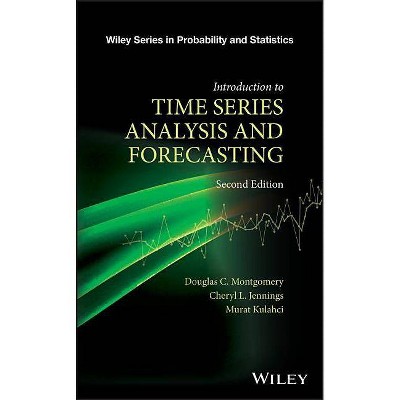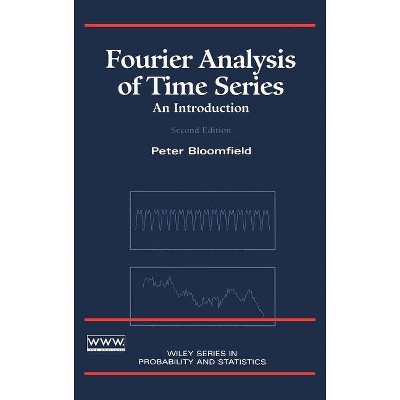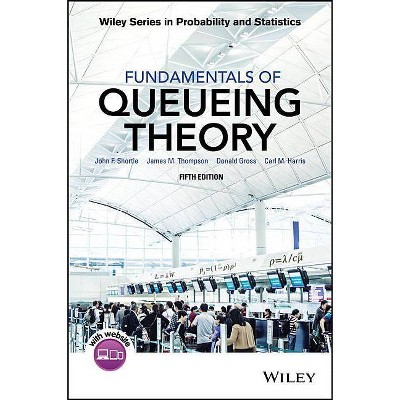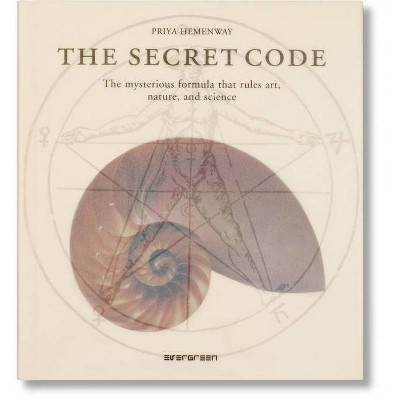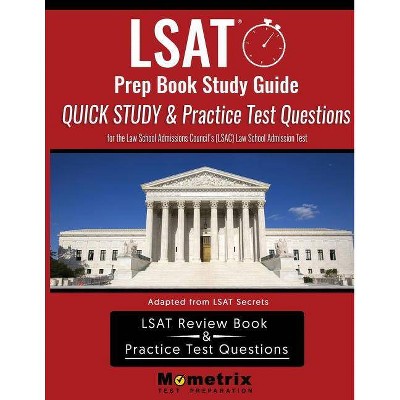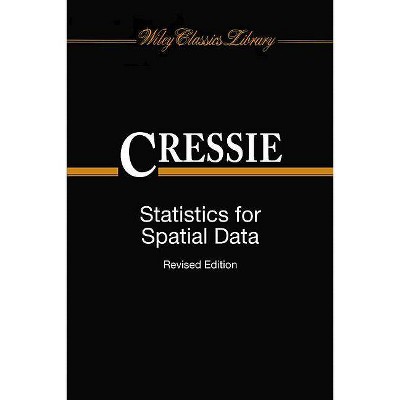An Introduction to Correspondence Analysis - (Wiley Probability and Statistics) by Eric J Beh & Rosaria Lombardo (Hardcover)

Similar Products
Products of same category from the store
AllProduct info
<p/><br></br><p><b> About the Book </b></p></br></br>"This book is intended as an introductory text supplementing the authors' advanced level/specialist book Correspondence Analysis: Theory, Methods and New Strategies(Wiley, August 2014). This introduction will provide the reader with a discussion of the key issues concerned with correspondence analysis that is discussed in great detail in the earlier book; there will be relatively little theory beyond the basics (no proofs, no equivalent statements -- just one framework), no methods will be discussed that have not been available to the analyst for decades, and there will be no new strategies. Once the reader has reached the appropriate level of mastery of the technique, they can then move onto the more thorough examination of the mathematical and bibliographic aspects of the technique presented in the advanced text."--<p/><br></br><p><b> Book Synopsis </b></p></br></br><p><b>Master the fundamentals of correspondence analysis with this illuminating resource</b></p> <p><i>An Introduction to Correspondence Analysis</i> assists researchers in improving their familiarity with the concepts, terminology, and application of several variants of correspondence analysis. The accomplished academics and authors deliver a comprehensive and insightful treatment of the fundamentals of correspondence analysis, including the statistical and visual aspects of the subject.</p> <p>Written in three parts, the book begins by offering readers a description of two variants of correspondence analysis that can be applied to two-way contingency tables for nominal categories of variables. Part Two shifts the discussion to categories of ordinal variables and demonstrates how the ordered structure of these variables can be incorporated into a correspondence analysis. Part Three describes the analysis of multiple nominal categorical variables, including both multiple correspondence analysis and multi-way correspondence analysis.</p> <p>Readers will benefit from explanations of a wide variety of specific topics, for example: </p> <ul> <li>Simple correspondence analysis, including how to reduce multidimensional space, measuring symmetric associations with the Pearson Ratio, constructing low-dimensional displays, and detecting statistically significant points</li> <li>Non-symmetrical correspondence analysis, including quantifying asymmetric associations</li> <li>Simple ordinal correspondence analysis, including how to decompose the Pearson Residual for ordinal variables</li> <li>Multiple correspondence analysis, including crisp coding and the indicator matrix, the Burt Matrix, and stacking</li> <li>Multi-way correspondence analysis, including symmetric multi-way analysis</li> </ul> <p>Perfect for researchers who seek to improve their understanding of key concepts in the graphical analysis of categorical data, <i>An Introduction to Correspondence Analysis </i>will also assist readers already familiar with correspondence analysis who wish to review the theoretical and foundational underpinnings of crucial concepts.</p><p/><br></br><p><b> From the Back Cover </b></p></br></br><p><b>An Introduction to Correspondence Analysis</b></p><p><b>Master the fundamentals of correspondence analysis with this illuminating resource</b></p><p><i>An Introduction to Correspondence Analysis</i> assists researchers in improving their familiarity with the concepts, terminology, and application of several variants of correspondence analysis. The accomplished academics and authors deliver a comprehensive and insightful treatment of the fundamentals of correspondence analysis, including the statistical and visual aspects of the subject.</p><p>Written in three parts, the book begins by offering readers a description of two variants of correspondence analysis that can be applied to two-way contingency tables for nominal categories of variables. Part Two shifts the discussion to categories of ordinal variables and demonstrates how the ordered structure of these variables can be incorporated into a correspondence analysis. Part Three describes the analysis of multiple nominal categorical variables, including both multiple correspondence analysis and multi-way correspondence analysis.</p><p>Readers will benefit from explanations of a wide variety of specific topics, for example: </p><ul><li>Simple correspondence analysis, including how to reduce multidimensional space, measuring symmetric associations with the Pearson Ratio, constructing low-dimensional displays, and detecting statistically significant points</li><li>Non-symmetrical correspondence analysis, including quantifying asymmetric associations</li><li>Simple ordinal correspondence analysis, including how to decompose the Pearson Residual for ordinal variables</li><li>Multiple correspondence analysis, including crisp coding and the indicator matrix, the Burt Matrix, and stacking</li><li>Multi-way correspondence analysis, including symmetric multi-way analysis.</li></ul><p>Perfect for researchers who seek to improve their understanding of key concepts in the graphical analysis of categorical data, <i>An Introduction to Correspondence Analysis</i> will also assist readers already familiar with correspondence analysis who wish to review the theoretical and foundational underpinnings of crucial concepts.</p><p/><br></br><p><b> About the Author </b></p></br></br><p><b>Eric J. Beh</b> is Professor of Statistics at the School of Mathematical & Physical Sciences at the University of Newcastle, Australia. He has been actively researching in many areas of categorical data analysis including ecological inference, measures of association and categorical models. For the past 25 years his research has focused primarily on the technical, computational and practical development of correspondence analysis. He has over 100 publications and, with Rosaria Lombardo, has authored <i>Correspondence Analysis: Theory, Methods and New Strategies</i> published by Wiley. Together, they have given short courses and workshops around the world on this topic.<p><b>Rosaria Lombardo</b> is Associate Professor of Statistics at the Department of Economics of the University of Campania "L. Vanvitelli", Italy. Her research interests include non-linear multivariate data analysis, quantification theory and, in particular, correspondence analysis and data visualization. Since receiving her PhD in Computational Statistics and Applications at the University of Naples "Federico II", she has authored over 100 publications including those in <i>Statistical Science, Psychometrika, Computational Statistics & Data Analysis</i>, and the <i>Journal of Statistical Planning and Inference</i>.
Price History
Price Archive shows prices from various stores, lets you see history and find the cheapest. There is no actual sale on the website. For all support, inquiry and suggestion messages communication@pricearchive.us




